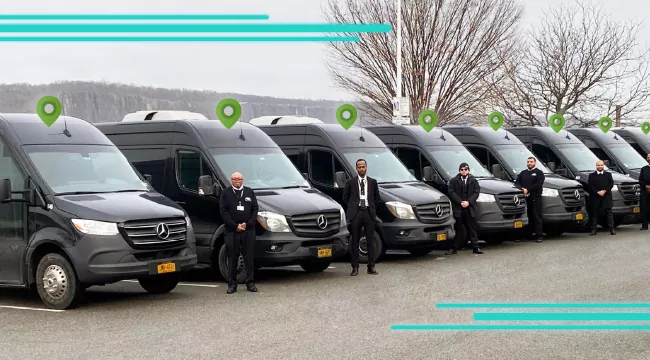5 Transportation Strategies To Tackle Your Sustainability Goals (ESG)

Transportation is a crucial aspect of our daily lives, and it plays a significant role in the world’s economy. However, transportation is also a significant contributor to greenhouse gas emissions, making it a crucial factor to consider when achieving environmental, social, and governance (ESG) goals.
To reach your company’s sustainability goals with a huge and positive impact on our environment, it is essential to implement transportation strategies that promote sustainability and reduce environmental impacts.
Here are some transportation strategies that can help organizations tackle environmental, social, and governance (ESG) goals:
- Promote sustainable modes of transportation: Encouraging the use of sustainable modes of transportation such as public transportation, cycling, and walking can significantly reduce greenhouse gas emissions. Organizations can incentivize their employees to use these modes of transportation by providing subsidies or discounts on public transportation passes or implementing a shuttle transportation program in their offices.
- Embrace electrification: Electrification of vehicles is a crucial step in reducing greenhouse gas emissions. Organizations can encourage the use of electric vehicles by providing charging stations, incentivizing employees to purchase electric vehicles, and even transitioning their own fleet to electric vehicles. Here at DPV, we have electric shuttle bus options for your transportation needs.
- Optimize transportation routes: Optimizing transportation routes can significantly reduce fuel consumption and emissions. This can be achieved by using routing software that considers factors such as traffic patterns and distances. Organizations can also consolidate shipments to reduce the number of vehicles on the road. Your organization can easily approach an expert on sustainability goals and strategies to optimize transportation.
- Implement eco-driving practices: Eco-driving practices such as reducing idling, maintaining a steady speed, and avoiding sudden accelerations and decelerations can reduce fuel consumption and emissions. Organizations should train their drivers to adopt eco-driving practices and track their fuel consumption to identify opportunities for improvement.
- Promote remote work and telecommuting: Remote work and telecommuting can significantly reduce the need for transportation, thus reducing greenhouse gas emissions. Organizations can provide their employees with the necessary tools and infrastructure to work from home effectively.
In conclusion, transportation plays a crucial role in achieving ESG goals. Organizations can promote sustainable modes of transportation, embrace electrification, optimize transportation routes, implement eco-driving practices, and promote remote work and telecommuting to reduce greenhouse gas emissions and contribute to a more sustainable future. By implementing these sustainable transportation strategies, organizations can make a positive impact on the environment, society, and governance.
Three Ways You Can Use Ground Transportations to Meet Your Organization’s ESG Goals
(White paper)







